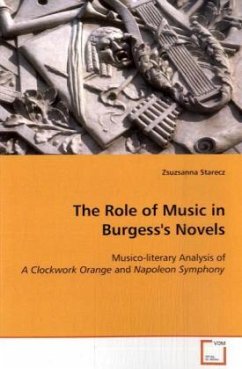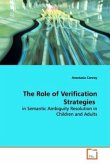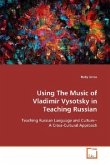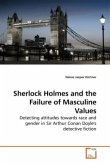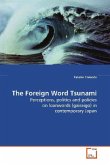"To give symphonic shape to verbal narrative"--this
was the main target Anthony Burgess set for himself
before writing the Napoleon Symphony. Himself being
a composer, music played a prominent role in his
life, and Burgess did not separate these two fields
of art, rather tried to approximate them as much
as possible. Burgess never deterred from
experimenting, he was famous for his strong and
original linguistic power with which he wrote his
novels. One of his main sources for inspiration was
music.
In this book the author examines two novels, A
Clockwork Orange and the Napoleon Symphony from
Burgess's oeuvre from a special point of view. The
book presents how music and especially how symphonic
structure appear in the two novels and in Burgess's
art.
Can music teach anything to a novelist? What is a
postmodern writer might learn from this art? These
questions are being answered in this book.
was the main target Anthony Burgess set for himself
before writing the Napoleon Symphony. Himself being
a composer, music played a prominent role in his
life, and Burgess did not separate these two fields
of art, rather tried to approximate them as much
as possible. Burgess never deterred from
experimenting, he was famous for his strong and
original linguistic power with which he wrote his
novels. One of his main sources for inspiration was
music.
In this book the author examines two novels, A
Clockwork Orange and the Napoleon Symphony from
Burgess's oeuvre from a special point of view. The
book presents how music and especially how symphonic
structure appear in the two novels and in Burgess's
art.
Can music teach anything to a novelist? What is a
postmodern writer might learn from this art? These
questions are being answered in this book.

